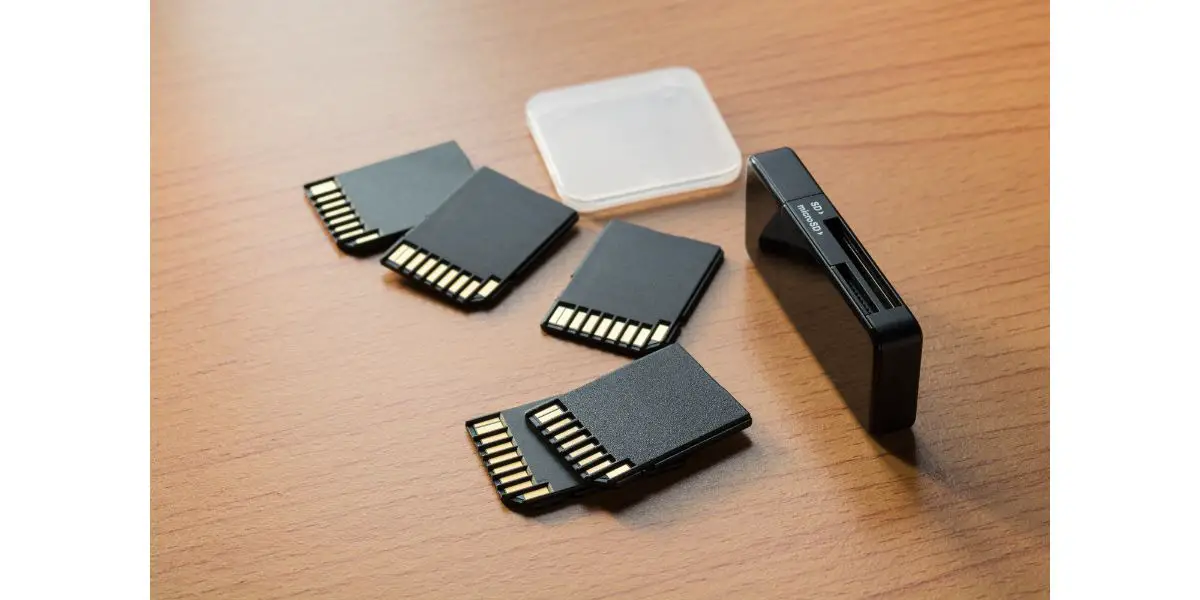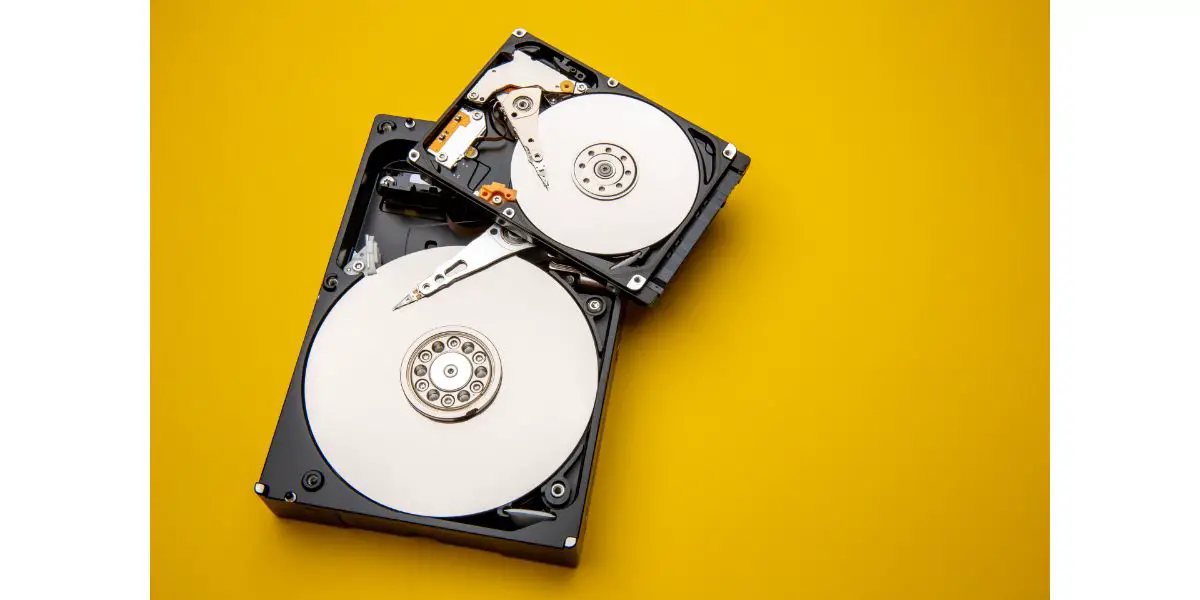Disclaimer: This post may contain affiliate links, meaning we get a small commission if you make a purchase through our links, at no cost to you. For more information, please visit our Disclaimer Page.
Storage options for digital files have expanded in size and format as technology moves forward. Now, people can store everything from large, high-resolution files to small text documents that only take up a few bytes of space on the system. One of these is the Secure Digital (SD) card storage format.
An SD card is a proprietary storage format that uses flash memory to preserve data. The SD Association introduced it in 1999, becoming the preferred mobile device storage option. Thanks to its size and portability, it can even fit into digital cameras. Other card versions have mini or micro sizes for even smaller hardware in phones and similar devices.
While the SD format has been around for a while, many still wonder if they are suitable for long-term storage of essential data. We’ll tackle this question in today’s post, digging deeper into the possible benefits of this kind of flash memory.
Table of Contents
Are SD Cards Good for Long-Term Storage?
How well an SD card might store data for a given period depends on several factors. But before we delve further, it helps to know how flash memory works.
Flash memory falls into the broader category of digital storage but functions differently from the other types of memory you might come across in the world of technology.
Flash memory relies on trapping a group of electrons behind a gate. While the architecture surrounding is more complex than this principle, it is basically how the memory stores data.
Manufacturers create SD cards and make different models with various life spans concerning data storage. Because several factors significantly affect electronics, it does not guarantee that the card will retain essential data before its expiry date. However, newer SD cards have longer shelf life than their predecessors.
Its basic architecture is part of the problem with storing data on an SD. The gate can hold the electrons for some time. However, this group contains the pieces of data that make up the whole files you want to store.
Some electrons leak out of the gate and get lost as time passes. If they do, you may have to deal with missing or corrupted data that could be difficult to get off the card later.
Most modern SD cards can store data for several years without incidents. Their physical makeup means they are also relatively robust, designed to protect the electronics inside the casing.
Check with the manufacturer if you have concerns about the SD card brand. Find out their recommended minimums and how long they might expect one of their products to last. You might also wonder how good the cards are for storage. The answer depends on how a user defines long-term.
One of the original SD cards’ main uses was digital storage for photos. While the cards could hold the images, many people would use them only as temporary storage to get the files off a camera and onto a computer. After that, however, people started storing data on them for extended periods as developers refined the technology.
In short, it may be fair to say that SD cards can store some data for a few years. However, many factors could shorten that period. For example, a brand new card will keep data longer than an older one.
Flash memory also has no error correction. Therefore, the chances of getting your data corrupted or unreadable are high. An SD card is practical if you need to store non-critical data for only a few years. However, this kind of memory isn’t your best choice for crucial data you want to keep safe for a long time.
What Is the Best Way To Store Data Long-Term?
Hard disk drives are the most basic option for long-term storage of critical information. Although your standard or solid-state drives have issues, they are more reliable than SD cards.
The Linear Tape-Open (LTO) format is a more sophisticated type of storage. This magnetic storage unit can keep data longer than other drives. In most cases, you would use the LTO option to store large numbers of critical files for a long time.
While no system is ever without some risk, the LTO format is one that developers have optimized to keep important files safe. Within LTO, you can find different standards that offer disks with various storage capacities to meet your needs.
Are SD Cards Reliable for Backups?
Yes, SD cards can make good backup storage options. Creating backups for your files is an effective method of mitigating data loss. To keep your data, understanding how you store your files is foremost than where you put them.
Creating redundancies in your files on different storage devices is one of the best ways to ensure data security. This way, SD cards can preserve your data with little trouble.
However, we must stress that you should not choose SD cards as your only backup source. Ideally, you would use the cards to back up data that you copied to other forms of storage media already.
Do SD Cards Lose Data Over Time?
SD cards can lose the data they store over time. One reason is the simple deterioration of the hardware in the storage media. Small parts or circuits will degrade over time, and simple use might accelerate this process.
SD cards have a finite number of cycles in which they can read and write data. Once they pass this point, they may start to lose some effectiveness. Additionally, exposure to higher temperatures affects their capability to store data.
What Are Some Disadvantages of Using an SD Card?
Aside from its limitations, here are a few more disadvantages of using an SD card as a primary form of storage.
1. They write or process data more slowly than other types of data storage. Using them to run apps or programs may not be the most viable approach, and things you run off the card might appear sluggish.
2. The card stores the entire state of an app as it changes. If any app encounters problems or changes its state, the SD card writes them off. So if your app has bugs, it quickly uses up all the cycles on an SD card.
3. If you use an SD card to store apps, you may have to reset the device back to its factory defaults. It is common if the SD card stores essential apps that you would need to uninstall from the broken card before you can put them on a replacement one.
Conclusion
Basic SD cards can be great for moving files around to different forms of storage media. They are also ideal for temporarily storing files until you want to move them to a machine that can read their contents.
However, they may not be the best bet for ensuring that your data stays safe for years. If you decide to use these cards for storage that can last a long time, it is a good idea to make them one backup option among many.


